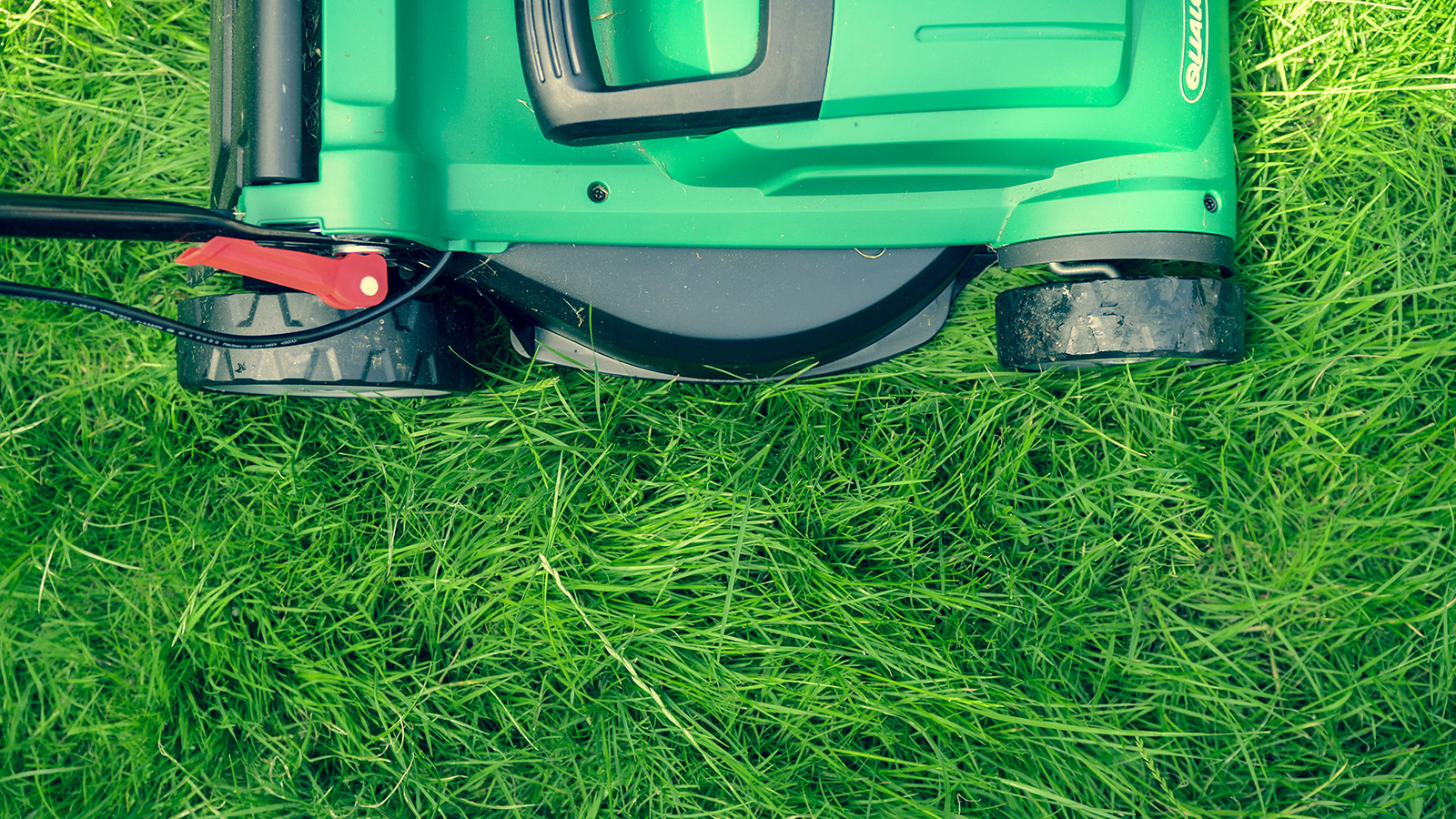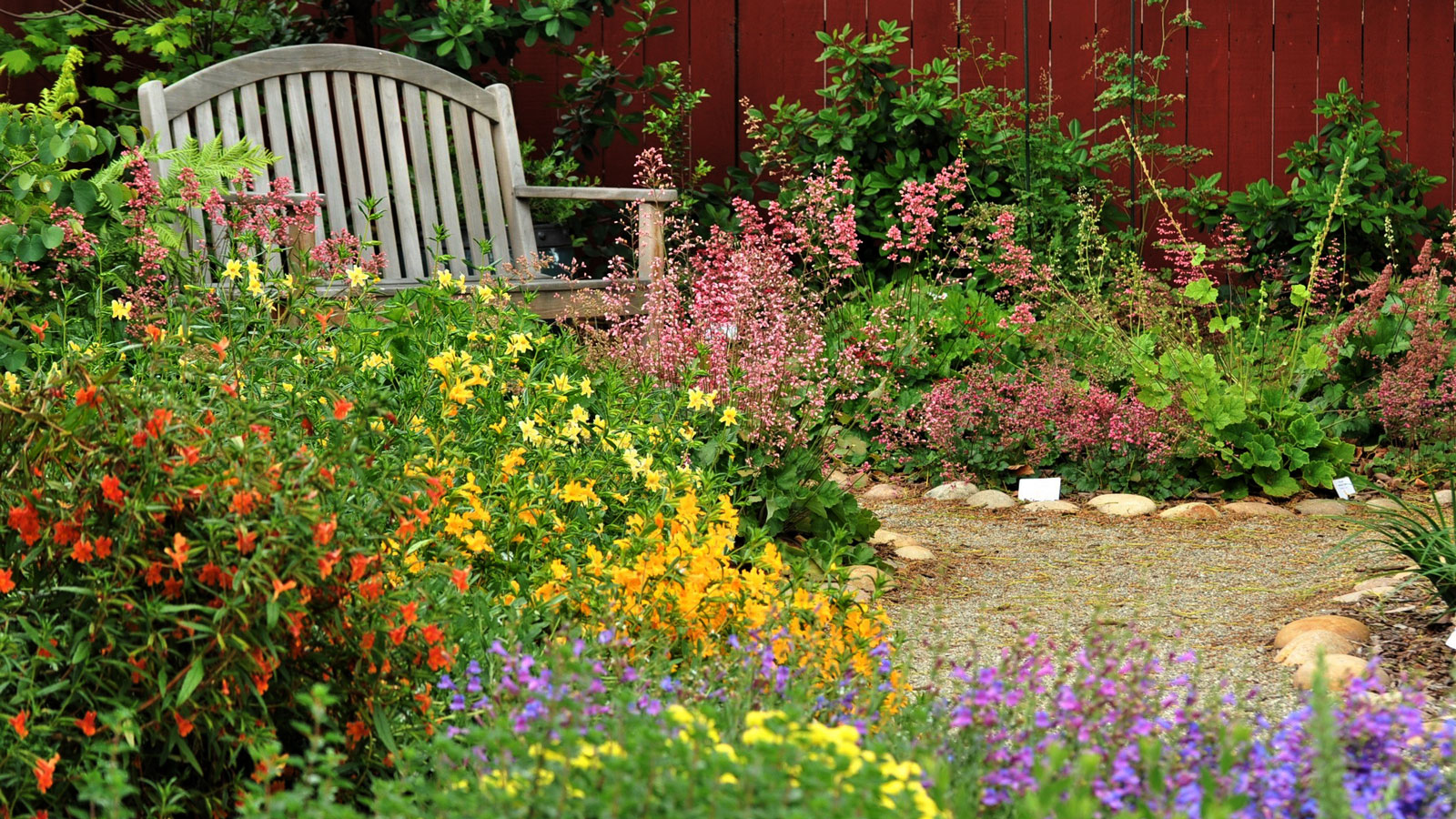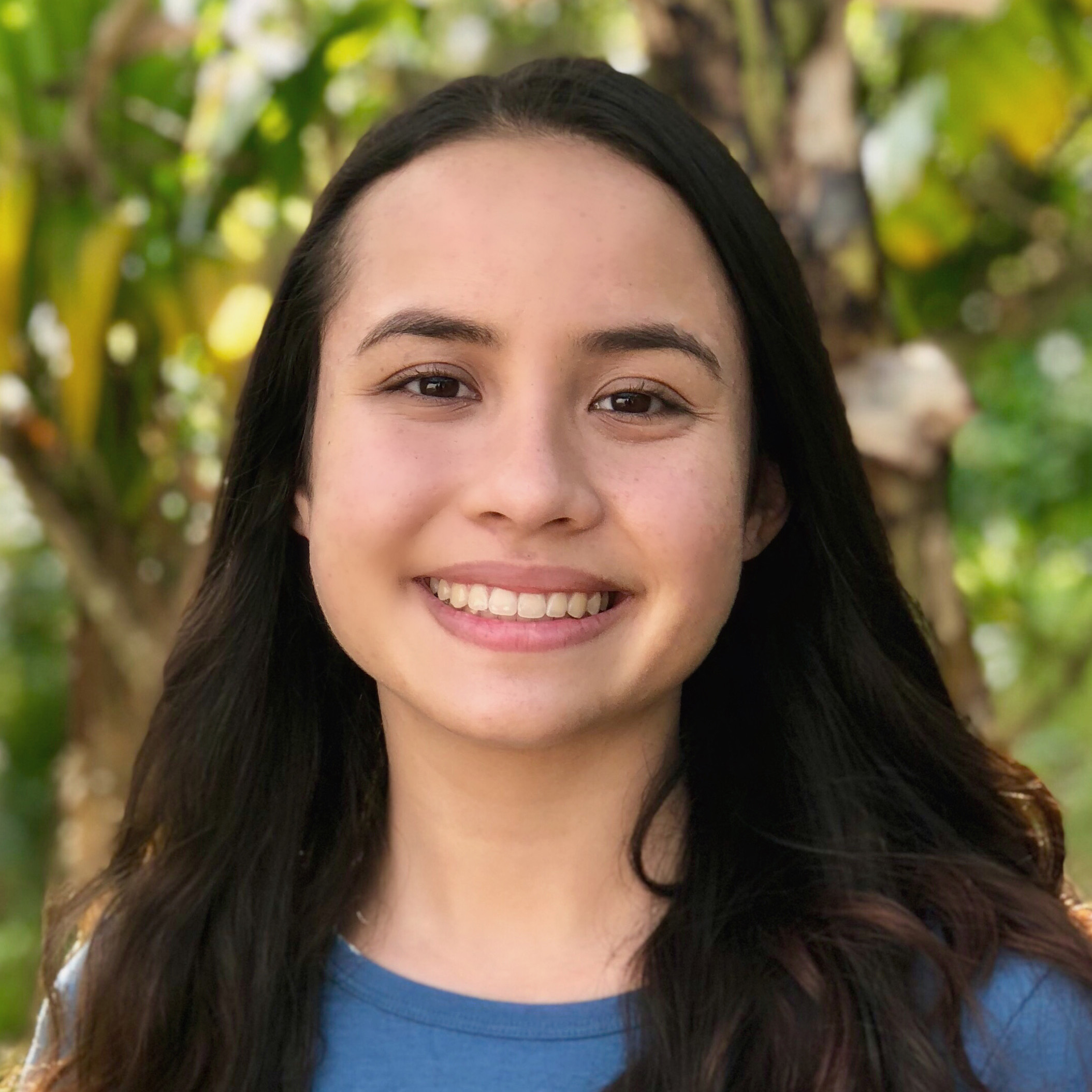
Guide to planting a pollinator-friendly garden
This guide will allow your imagination to take flight as you plan and plant a garden designed to save bees, butterflies and other pollinators
Downloads
Do you have garden or yard space that you bee-lieve needs some new flowers? Are you buzzing with excitement about providing nectar for our pollinators? Do you want a little more color, more beauty, in the space surrounding your home? This guide will allow your imagination to take flight as you plan your pollinator friendly garden.
Why plant a pollinator garden?
Bees are in trouble. In January 2024, it was announced that the southern plains bumblebee might go on the endangered species list because its numbers have fallen so low. Note: It doesn’t just live in the South or in the Plains. Already protected under the Endangered Species Act is the rusty patched bumblebee. The American bumblebee is another bee that may soon be listed as endangered or threatened. The western bumblebee isn’t faring well. The list goes on.
Meanwhile, monarch butterflies in the east and west are fluttering closer and closer to extinction. Other butterflies are hurting.
What is the potential loss of these pollinators? It’s huge, but small solutions can help. We can start by planting gardens and yards with native plants and diverse flowering plants, and by skipping (or greatly reducing) pesticides.
Native species support native pollinators
A species is considered native if it’s in a region through natural processes. In other words, humans weren’t involved in bringing it there. Native bees are essential to pollination, particularly for some of our summer favorites — melons, cranberries, blueberries and sunflowers all rely on native pollinators.
In addition to bees and butteflies, native pollinators can include bats, moths and birds. Many native pollinators depend on native plants as essential food sources. You can find a list of plants that are native to your region here. You can also consult your native plant society, and many colleges and universities in your area will have lists of native plants.
What, when and where
Let’s take a deeper dive into what, where and when to plant.
What to plant
Pollinator gardens should include a variety of plant species that bloom at different times from early spring to late fall. It’s best if you can include a mix of annual plants (only bloom for one year) and perennial plants (come back year after year). You also want to select plants that differ in color, shape and height to attract a diverse set of pollinators to your garden. For example, bees are particularly drawn to purple, blue, white and yellow flowers. Some of our favorite pollinator plants include: Joe Pyes, milkweed, goldenrod, aster, bee balm and purple coneflower. Don’t forget to include native plants in your selection!
Where to plant
Anywhere is a good place for a pollinator garden, but you have to consider the needs of what you’re planting. Check your seed packet or plant tag to determine the light needs of various plants. Butterflies and many other pollinators love to sunbathe, so look for a place that gets full or partial sun. When you’re planning the actual layout of your garden, put swathes of similarly colored plants together. Most pollinators are drawn to blocks of color.
When to plant
This answer depends on what you’re planting. If you select a wildflower or pollinator mix, you should broadcast the seed in late fall/winter or early spring. We recommend such an early start date because the longer the season is for your pollinator garden, the better it will provide a continual supply of nectar, pollen and habitat. But what if you aren’t planting from seed? If you’re transplanting flower starts from a local nursery, you will generally want to wait until after the last frost. To figure out that timing, you can find out which planting zone you are in here.
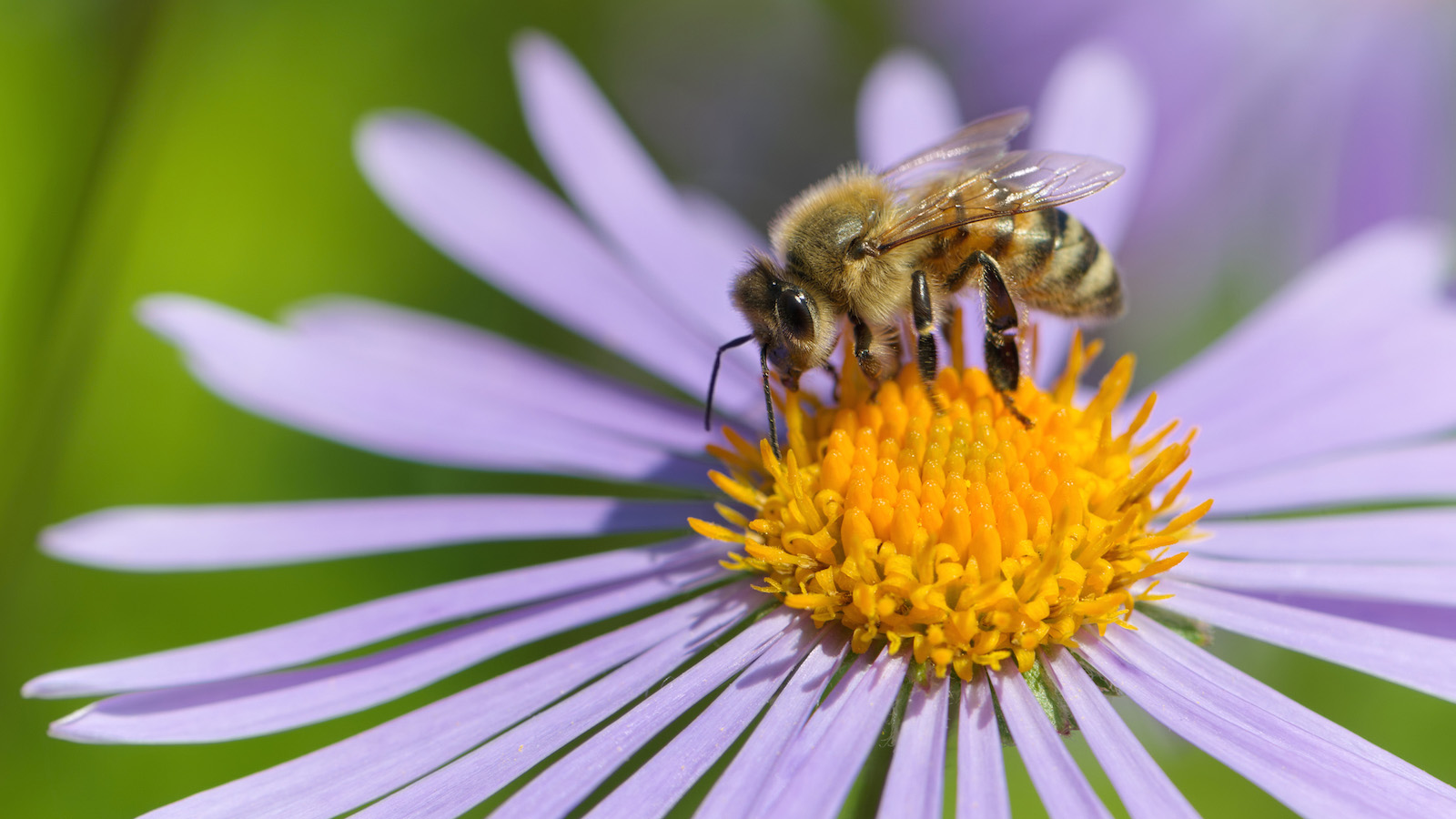
A Changing Climate: Spring is coming sooner
Keep in mind that spring is coming earlier each year, and fall is falling later. In the East, the growing season has lengthened by an average of one day per decade since the end of the 19th century. In the West, the season has grown by more than 2 days per decade. This has been true in almost every state.
So be ready to adapt. Use mulch to protect your seedlings from the heat, water accordingly, and lean harder into using native plants. Even though the climate is changing, native plants remain the most adapted to your area.
Preparation and planting
And now the really exciting part: prepping your bed and planting your pollinator garden.
Remove any weeds or choking grasses from your garden bed. Loosen the soil with a hoe or shovel but don’t dig more than 4 inches deep. You don’t want to expose dormant weed seed to light, giving it a chance to germinate.
Then, rake the area smooth. You’re ready to broadcast your pollinator mix or plant your transplants. Most pollinator seed mixes suggest a shallow covering of soil — typically about one-eighth to one-quarter inch. Be careful to not bury your seeds too deep.
Now, give your seeds or transplants a gentle soak. If you are using a hose, we suggest getting a nozzle that has a gentle rain setting. For both seed mixes and transplants, you’ll want to maintain consistent moisture for the first 4 to 6 weeks while your plants are germinating and getting established. Keep an eye on your plants through the summer — they’ll let you know if they’re thirsty.
Maintenance
Pollinator gardens are not only helping the bees, but they can also help us. Gardening is a relaxing hobby that allows us to get outside and connect to nature. Spend time in your garden weeding, watering and otherwise maintaining your plants. Watch as bees and butterflies come by to drink some nectar and grab some pollen.
In maintaining your garden and landscaping, please eliminate pesticide use. These chemicals are toxic to pollinators and beneficial insects.
All pollinators need shelter, a hiding place from predators and a place to raise their young. By leaving your garden and yard cleanup until spring, you are providing a critical winter habitat. Stalks of perennials, flower heads, dead limbs, grass clippings and leaf litter are some favorite options for nesting sites and shelter. So hold off on raking your yard, deadheading your flowers, or removing any plants from your garden until the following spring.
Other fun stuff
Like us, pollinators enjoy a good swim in the summer months. However, they aren’t very good swimmers. You can safely provide water by filling a bird bath or shallow bowl with rocks or aquarium stones and water. That way, they can stand on the rock and splash to their hearts’ content.
Native bees, like mason bees and leafcutter bees, are solitary nesters. You can consider a bee house that offers shelter to these important pollinators.
Final considerations
Pollinators are critical to a healthy ecosystem and a thriving food system. Planting a pollinator garden is a wonderful way to provide nectar, pollen and habitat. Remember to select a variety of colors, shapes and heights and don’t forget to include as many native plant species as you can.
Topics
Authors
Steve Blackledge
Senior Director, Conservation America Campaign, Environment America
Steve directs Environment America’s efforts to protect our public lands and waters and the species that depend on them. He led our successful campaign to win full and permanent funding for our nation’s best conservation and recreation program, the Land and Water Conservation Fund. He previously oversaw U.S. PIRG’s public health campaigns. Steve lives in Sacramento, California, with his family, where he enjoys biking and exploring Northern California.
Malia Libby
Former Save the Bees, Associate, Environment America
Find Out More
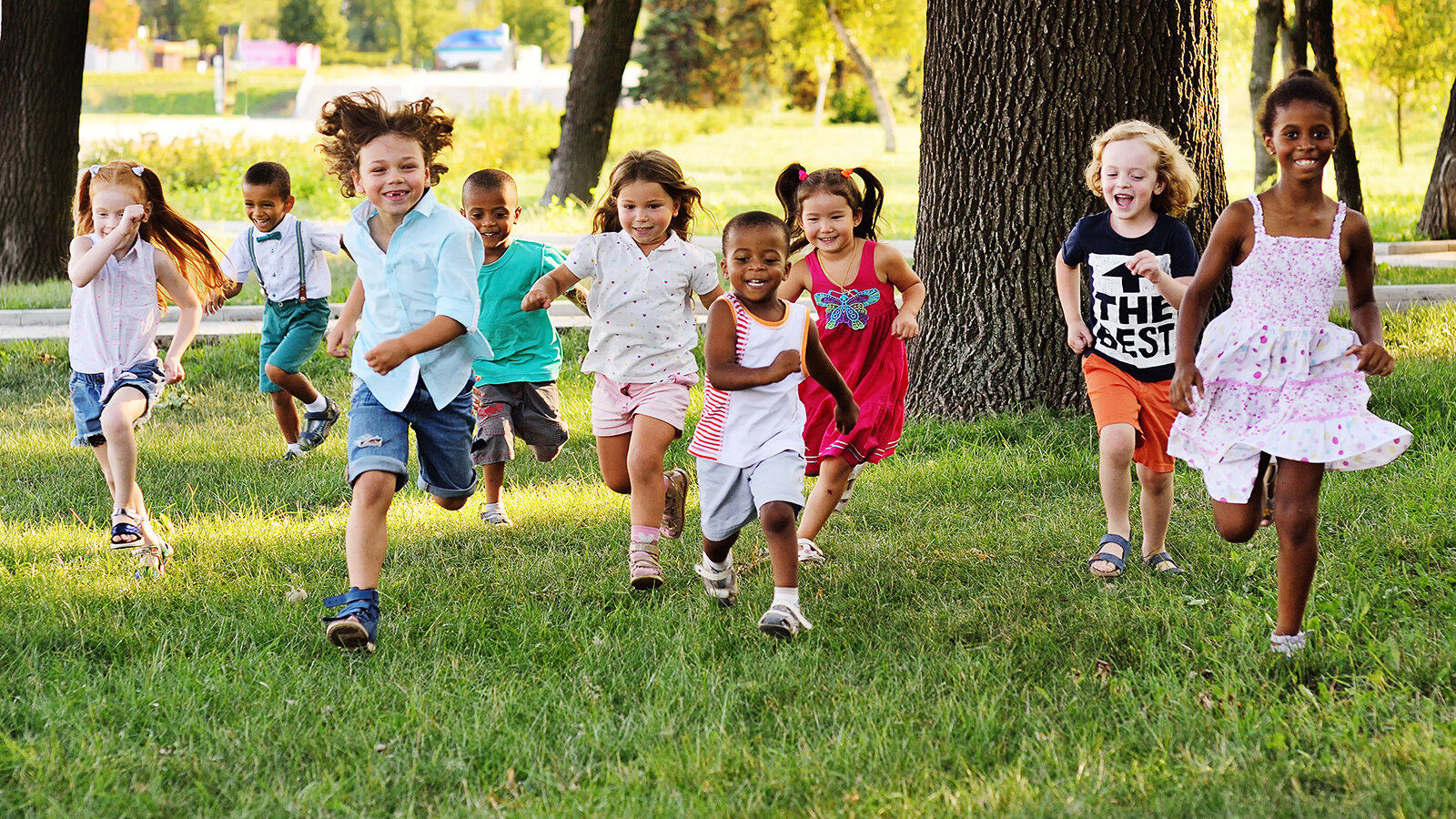
Green schools guide
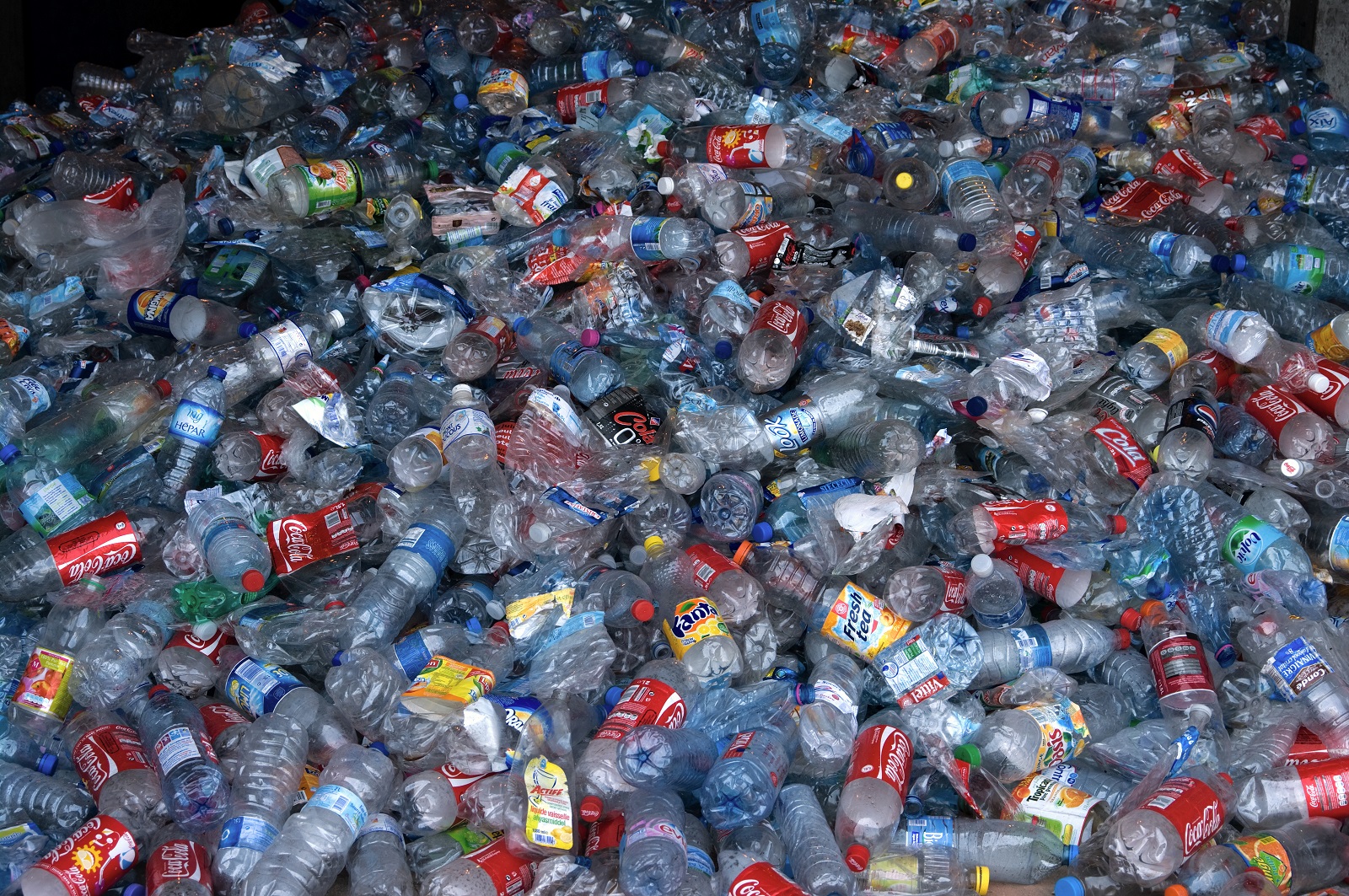
Reducing plastic waste in the states
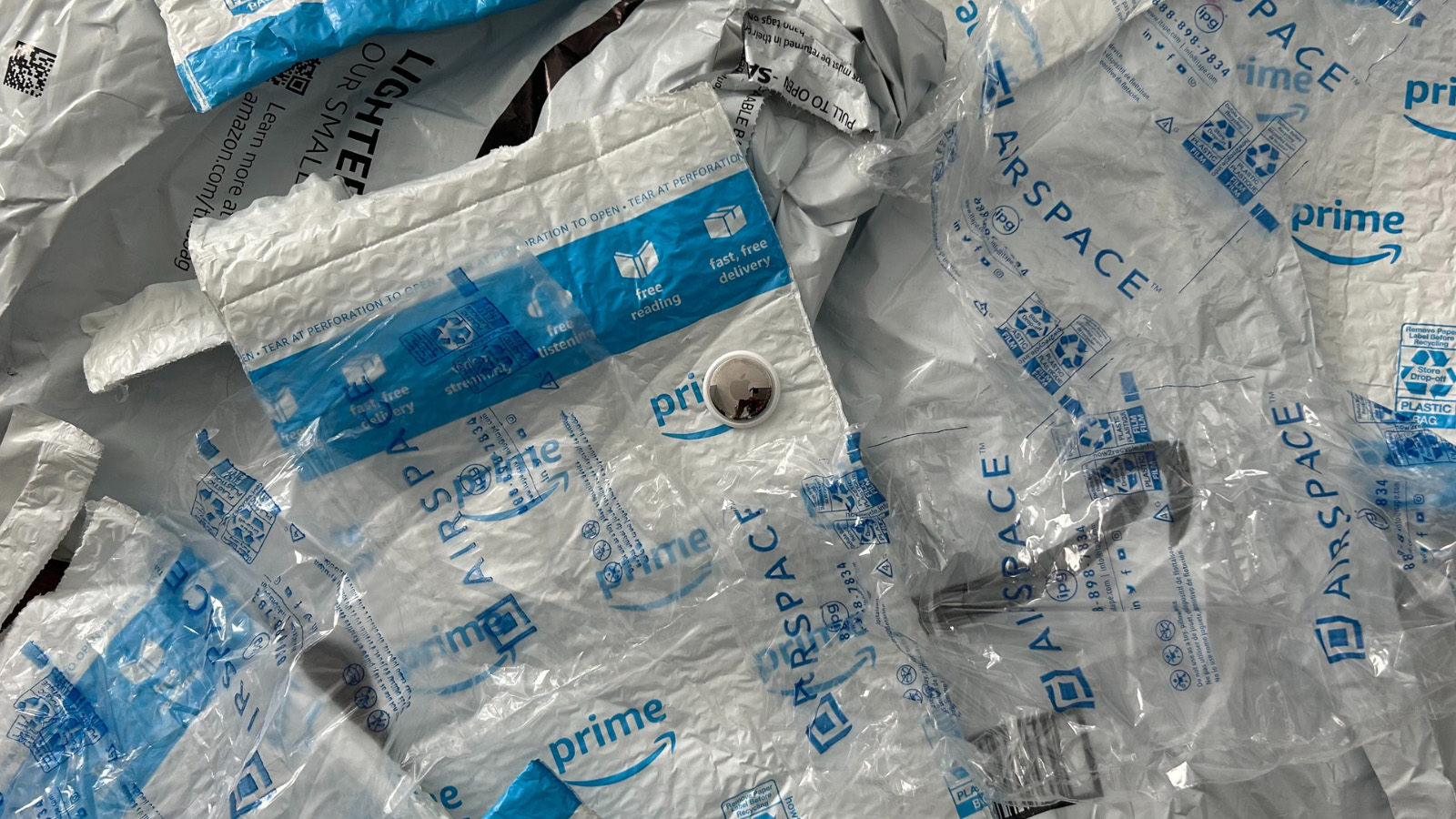
Truth in recycling
